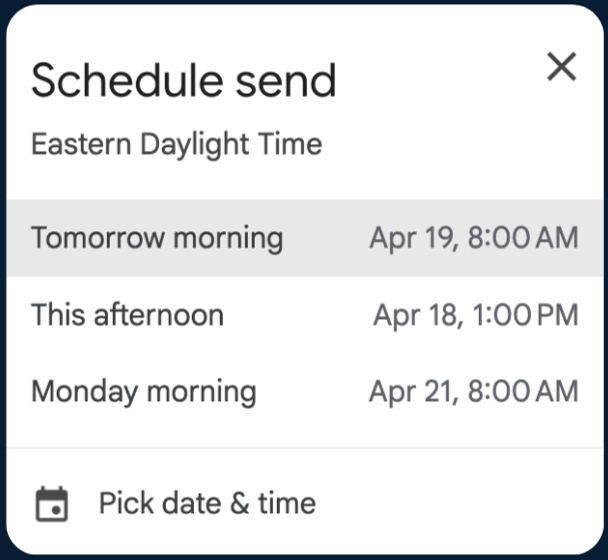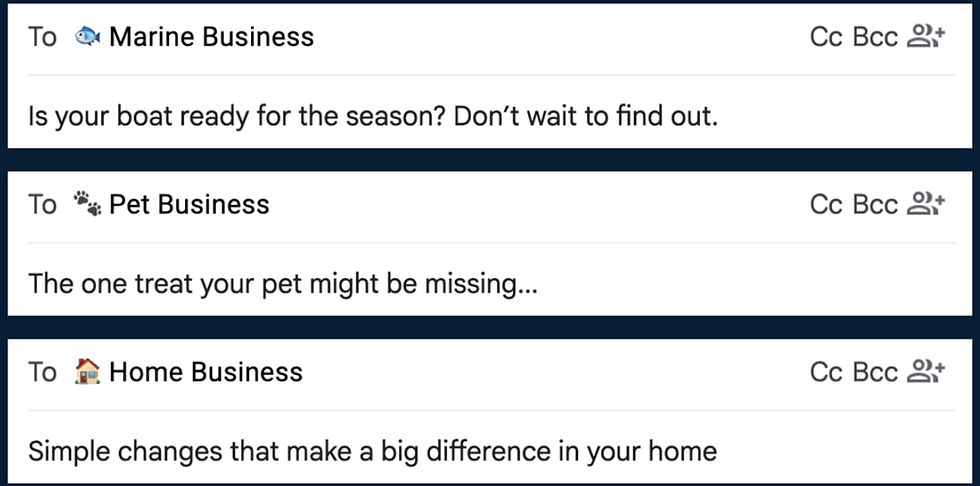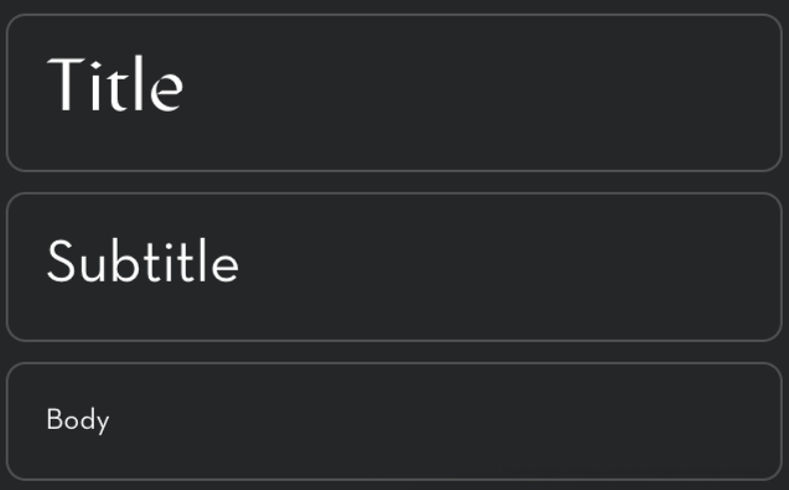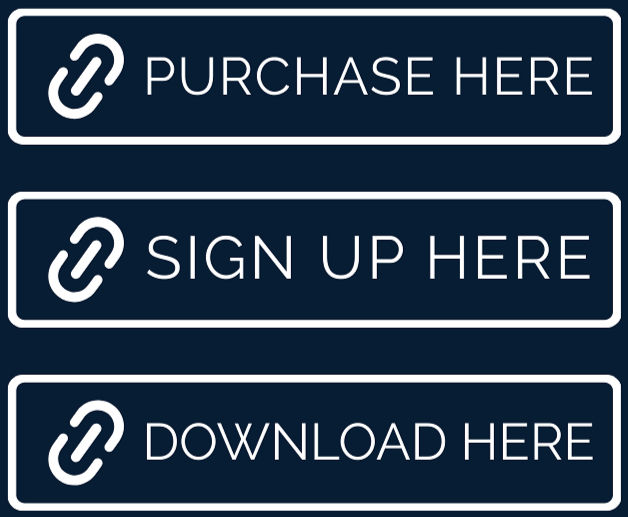9 Email Design Best Practices Everyone Can Use
- Dolomites Consulting Team

- Mar 9, 2023
- 3 min read
Updated: Apr 25
In today's digital landscape, email marketing plays a crucial role in supporting lead generation, increasing sales, and strengthening branding. With billions of people using email globally, knowing how to design effective emails is essential. In this blog post, we will explore nine email design best practices that everyone can use to create engaging emails that deliver results.
Plan Ahead
When developing your email marketing campaigns, it's important to plan ahead and consider upcoming events, sales, and important dates for your business. Implementing campaigns to support product launches or in-person events can make a significant impact on their success. Additionally, strategically planning your email layout ensures readability and effective communication. Avoid cluttered graphics and focus on delivering a clear message.

By scheduling your important emails in advance, you can save time and reduce stress. Utilize automation tools to send emails automatically at specific times, such as welcome emails, subscription confirmations, and holiday promotions. Planning also involves growing your email list and creating segments to target specific audiences.
Craft a Strong Subject Line

Your email's subject line is the first impression and can determine whether recipients open or ignore your message. Split test different subject lines and calls to action to identify the most effective ones. Experiment with personalization, urgency, or curiosity to capture recipients' attention and entice them to open your email.
Write an Attention-Grabbing Pre-Header
The pre-header is a short snippet of text that appears below or beside the subject line in an email preview. Use this space wisely to provide additional context or tease the email's content. Make it compelling, engaging, and relevant to encourage recipients to open the email and explore further.
Be Concise
In today's fast-paced world, people have limited time and attention spans. Keep your email content concise and to the point. Deliver your message efficiently, focusing on the most important information. By keeping the main message and call-to-action above the fold (visible without scrolling), you increase the chances of engagement and conversion.
Keep Your Email On-Brand

Maintaining consistent branding across all communication channels is essential for building a strong brand identity. Consult your brand guide to ensure your email design aligns with your brand's visual elements, including colors, fonts, and logo usage. Stick to fewer than three typefaces to maintain a clean and professional appearance.
Personalize

Personalization is a powerful tool to enhance email marketing effectiveness. Take the time to ensure your contact lists are up to date, regularly clean your mailing list, and remove unsubscribed or irrelevant contacts. By segmenting your audiences, such as past clients, partners, and potential clients, you can deliver more accurate and compelling messaging tailored to their needs and preferences.
Use CTAs that Closely Tie to Landing Pages

A call-to-action (CTA) is a crucial element in email marketing campaigns. Make sure your CTAs closely align with the landing pages they lead to, creating a seamless user experience. Direct recipients to relevant and engaging content that supports the email's objective, whether it's making a purchase, signing up for a webinar, or downloading a resource.
Provide an Easy Way to Unsubscribe
While you want to engage and retain subscribers, it's important to offer an easy and visible way for recipients to unsubscribe. By respecting their preferences and allowing them to opt out, you demonstrate transparency and maintain a positive brand image. Include a clear unsubscribe link or button at the bottom of your emails.
Use Analytics to Drive Changes

Analytics provide valuable insights into the performance of your email campaigns. Track metrics such as open rates, click-through rates, and conversions to evaluate the effectiveness of your emails. However, it's important to give your campaigns enough time.
Key Takeaways
Effective email marketing design is a powerful tool for generating leads, increasing sales, and strengthening your brand. By following these nine best practices, you can create engaging and impactful emails that resonate with your audience. Plan ahead, craft strong subject lines, and write attention-grabbing pre-headers to capture recipients' attention. Keep your emails concise, on-brand, and personalized to create a seamless and tailored experience for your subscribers. Use compelling CTAs that align with landing pages and provide an easy way for recipients to unsubscribe. Finally, leverage analytics to track performance and make data-driven improvements to your campaigns. By implementing these best practices, you'll be on your way to creating effective email marketing campaigns that drive results and contribute to the success of your business.




Comments